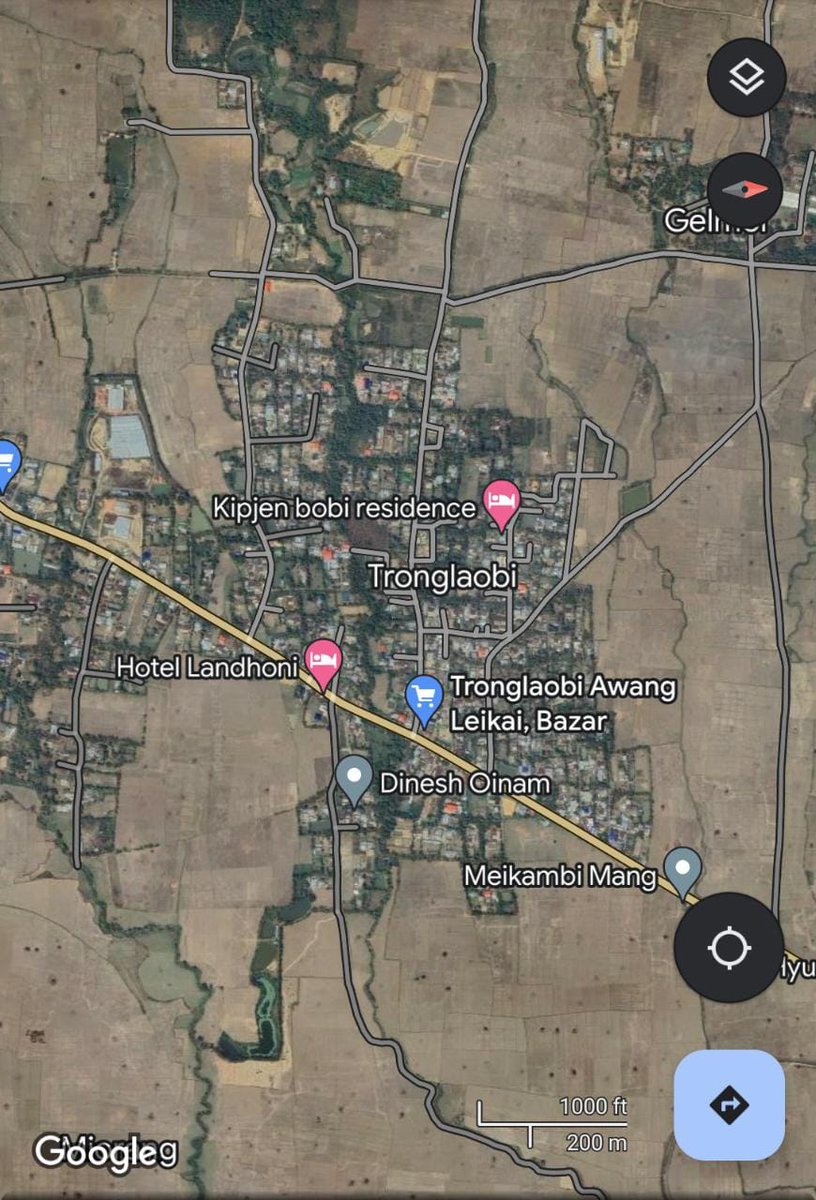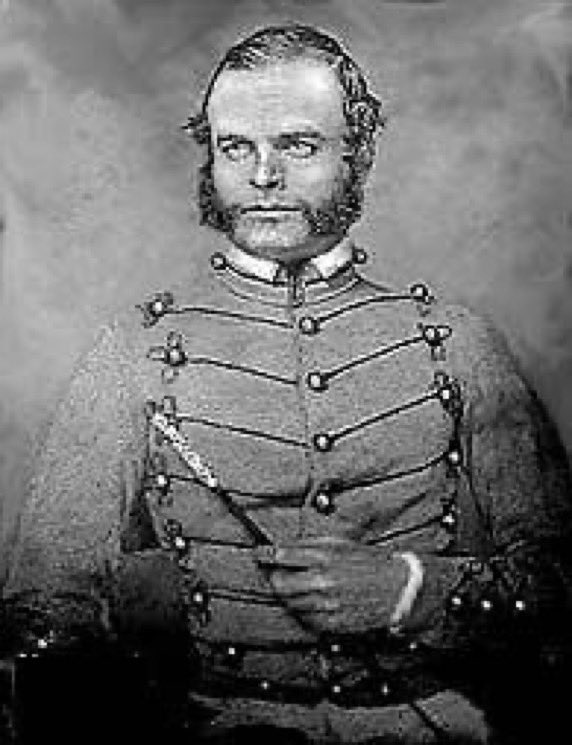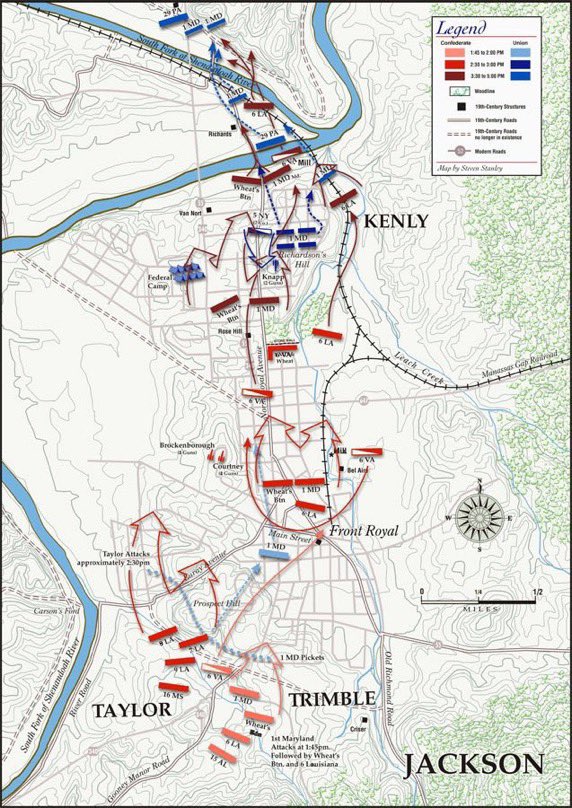Discover and read the best of Twitter Threads about #CivilWar
Most recents (24)
As the #Taliban continue to claim moving #TTP fighters to western #Afghanistan, TTP fighters have been confirmed in northern AFG, today the head of district intelligence of the Taliban’s Main Intelligence Directorate (GID) can under attack in #Badakhshah province.
For those unfamiliar with #Badakhshah provincial borders… 

Another important factor to keep in mind is the #geological value of #Badakhshah province.
This is of key importance to #China’s investment into minerals in #Afghanistan.
This is of key importance to #China’s investment into minerals in #Afghanistan.

@iltasanomat #Vantaa-#HellOnEarth
'Pahoinpitelyn jälkeen nuorisoporukka poistui paikalta juosten kohti Länsimäen kirkkoa.
Rikosnimikkeinä toimii tällä hetkellä törkeä #ryöstö ja törkeä #pahoinpitely.'
'Pahoinpitelyn jälkeen nuorisoporukka poistui paikalta juosten kohti Länsimäen kirkkoa.
Rikosnimikkeinä toimii tällä hetkellä törkeä #ryöstö ja törkeä #pahoinpitely.'
@iltasanomat #Rkp-#Vihreät
#hallitus, vielä ehtii lapioimaan #velkarahaa.
@kokoomus
@Demarit
@vasemmisto
@persut
@keskusta
@KDpuolue
@sfprkp
@vihreat
Lisää #rahaa #HaavoittuvassaAsemassa oleville, tai suoraan #Somalia'an
-#Härski, #järjetön, #eläimellinen #väkivalta johtuu #raha'n puutteesta
#hallitus, vielä ehtii lapioimaan #velkarahaa.
@kokoomus
@Demarit
@vasemmisto
@persut
@keskusta
@KDpuolue
@sfprkp
@vihreat
Lisää #rahaa #HaavoittuvassaAsemassa oleville, tai suoraan #Somalia'an
-#Härski, #järjetön, #eläimellinen #väkivalta johtuu #raha'n puutteesta

@iltasanomat @kokoomus @Demarit @vasemmisto @persut @keskusta @KDpuolue @sfprkp @vihreat #Koraani.
#IslaminPerusteet - #muslimi on määrätty #taistelemaan fyysisesti myös #vääräuskoisia vastaan.
Muhammadin vaikuttava #sotilasura on todistuksena siitä, kuinka keskeisessä asemassa #sotilaallinen toiminta #islam'ssa on.
#IslaminPerusteet - #muslimi on määrätty #taistelemaan fyysisesti myös #vääräuskoisia vastaan.
Muhammadin vaikuttava #sotilasura on todistuksena siitä, kuinka keskeisessä asemassa #sotilaallinen toiminta #islam'ssa on.
Ethnic cleansing of the Hindu Majority Meiteis by Christian Kuki terrorists continue at the foothills of #Manipur.
13 Meitei villages have been burned down today, till now
The response from Assam Rifles under #AmitShah was non-existent (1/5)
#JusticeforManipur
#ManipurViolence twitter.com/i/web/status/1…
13 Meitei villages have been burned down today, till now
The response from Assam Rifles under #AmitShah was non-existent (1/5)
#JusticeforManipur
#ManipurViolence twitter.com/i/web/status/1…
These violent attacks by the KPA, KNO and KRA cadres occured within 24 hours of the declaration of #civilwar by Mr. Hangshing chairman of KPA
The strategic village Tronglaobi was attacked again & the state security personnel there were removed by Assam Rifles beforehand. (2/5) twitter.com/i/web/status/1…
The strategic village Tronglaobi was attacked again & the state security personnel there were removed by Assam Rifles beforehand. (2/5) twitter.com/i/web/status/1…
General Ambrose Burnside was born #OTD in 1824. A one time commander of the Army of the Potomac, Burnside was a genial man but a subpar commander. He entered politics after the #CivilWar, becoming Governor of Rhode Island and a U.S. Senator from that state.🧵 





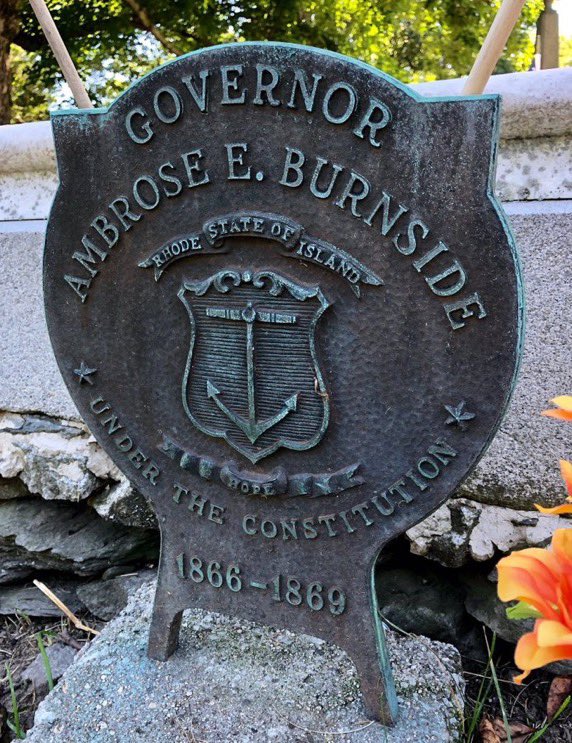

The Battle of Front Royal, VA, was fought #OTD in 1862. The engagement was part of Thomas Jackson’s campaign in the Shenandoah Valley, capturing supplies and tying up @USArmy units from reinforcing General George McClellan’s offensive against Richmond. #CivilWar🧵 



The Battle of North Anna began #OTD in 1864. Part of General @USGrantNPS's Overland Campaign, the battle was actually a series of engagements between parts of The Army of the Potomac and Robert E. Lee's Army of Northern Virginia. #CivilWar🧵 


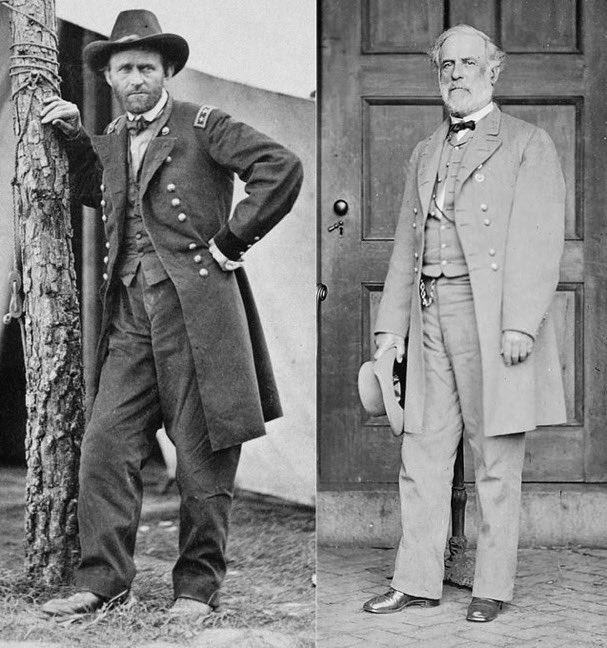
I wrote this to a #BJP supporter who wanted to know my political position. I am expanding and sharing it here.
1. BJP is as corrupt and inefficient as #Congress, but it gets a free pass because it is successfully advancing the cause of #Hindu #majoritarianism.
(1/)
1. BJP is as corrupt and inefficient as #Congress, but it gets a free pass because it is successfully advancing the cause of #Hindu #majoritarianism.
(1/)
2. Examples are #Rammandir, #kashivishvanathtemple, #Article370, #TripleTalaq, #UCC, #CAANRC, #Cowslaughter bans, random #lynchings of Muslims, ban on #Azan in public, etc. A majority of Hindus in India support these, as they believe these will "put Muslims in their place."
(2/)
(2/)
3. In fact, #Corruption under the BJP is likely to be far worse than under Congress rule, because the media (which is now entirely under the control of Modi's corporate cronies like A&A) simply refuses to investigate any BJP corruption scams. Examples: #Vyapam, #Rafale...
(3/)
(3/)
Representative Preston Brooks beat Senator Charles Sumner with a cane on the floor of the US Senate #OTD in 1856. The violent attack is considered a key turning point in the breakdown of discussion between abolitionists and pro-slavery groups in the years before the #CivilWar.🧵 





Albert Gallatin Jenkins died #OTD in 1864. Born in 1830 to wealthy parents on a plantation in Cabell County, near what is now Huntington, WV, Jenkins attended @marshallu and graduated from @wjcollege in 1848 before completing a law degree at @Harvard_Law in 1850.🧵 







He opened a law practice in Charleston, WV, and was elected as a Democrat to the US House of Representatives in 1856, and again in 1858. Upon his father's death, he inherited his plantation, Green Bottom, in 1859. 



At the outbreak of the #CivilWar, despite coming from the part of Virginia that separated and remained loyal to the United States, Jenkins elected to resign from Congress and raise troops for the confederate army. He became commander of the 8th Virginia Cavalry. 

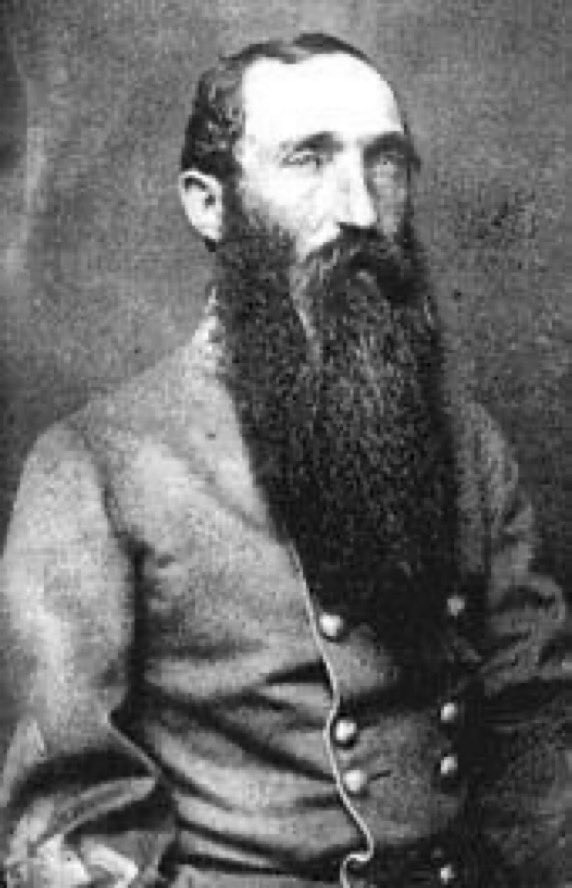

The town of @lawrenceks was sacked #OTD in 1856 by pro-slavery forces led by the local sheriff, the US Marshal, and former US Senator David Rice Atchison. #CivilWar🧵 


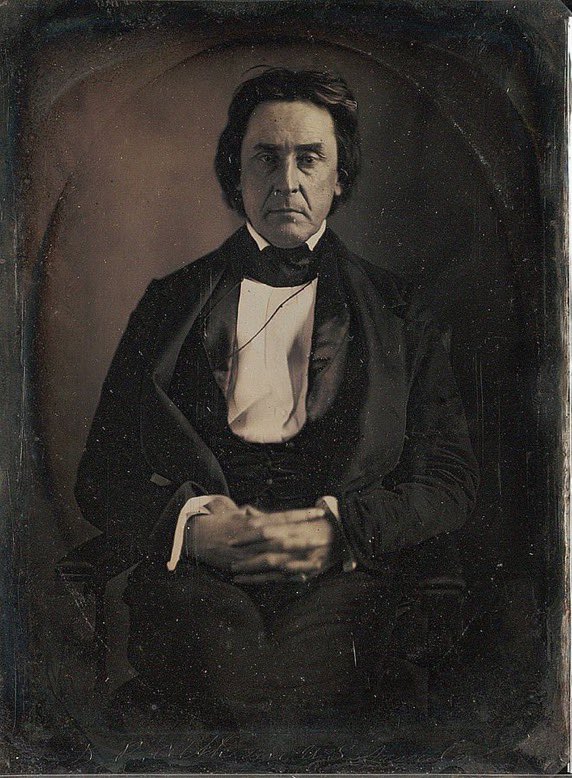
The town had been founded two years earlier by abolitionists from Massachusetts, backed by funding from the New England Emigrant Aid Company and from Amos Adams Lawrence, a wealthy philanthropist and @Harvard graduate after whom the town was named. 




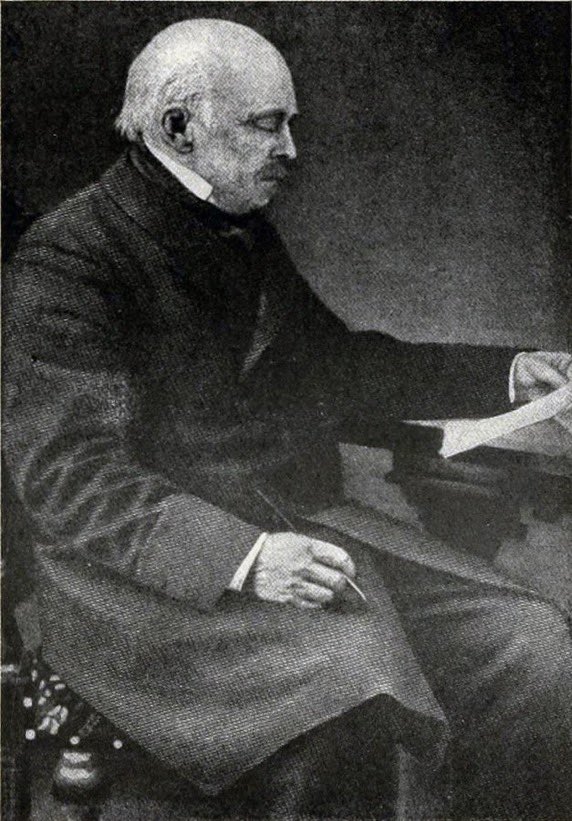
General William H. French died #OTD in 1881, at the age of 66. A member of the West Point Class of 1837, he had been commissioned as an artillery officer, and served in the Second Seminole War and the Mexican-American War as aide to General (later President) Franklin Pierce.🧵 







French served mostly on the frontier, and at the outbreak of the #CivilWar was serving as a Captain in the 1st US Artillery at Fort Duncan, Texas. Rather than surrender his command to the local confederates, he marched them to the coast and sailed to Key West. 





A @USArmy force under Colonel James Henry Carleton entered Tucson in the Territory of Arizona #OTD in 1862, ending a brief occupation by confederate forces without firing a shot. #CivilWar🧵 



The Battle of Ware Bottom Church was fought #OTD in 1864. Part of the Bermuda Hundred Campaign, the battle was fought when eight confederate brigades under P.G.T. Beauregard attacked the @USArmy positions of General Benjamin Butler’s Army of the James. #CivilWar 🧵 





Felix Zollicoffer, a former Congressman and newspaper editor from Tennessee who joined the confederacy during the #CivilWar, was born #OTD in 1812. He and his wife Louisa, a direct descendant of Pocahontas, had 14 children, but only 6 survived past infancy.🧵 



Though Zollicoffer did not support secession, he volunteered his service to the Provisional Army of Tennessee when it was formed. He had some brief experience in the @USArmy during the Second Seminole War, and so was named a brigadier general in the state’s army in July, 1861. 

Named District Commander area of eastern Tennessee, Zollicoffer and his small force fought several small engagements with @USArmy forces over control of that part of the state as wells as Kentucky and the Cumberland Gap. 





#OTD in 1856, Senator Charles Sumner of Massachusetts began a two-day speech on the floor of the Senate entitled “The Crime Against Kansas”, forcefully arguing for the admission of Kansas as a free state in which slavery would be illegal. #CivilWar🧵 



He denounced slavery as well as the authors of the Kansas-Nebraska Act, including Sen. Andrew Butler of South Carolina, saying he had “chosen a mistress to whom he has made his vows..who though polluted in the sight of the world is chaste in his sight—I mean the harlot, slavery.” 





Days later, Butler’s cousin, Rep. Preston Brooks, attacked Sumner on the floor of the Senate, beating him with a cane to avenge the honor of his cousin who he felt Sumner had insulted. The attack further polarized the pro- and anti-slavery factions leading up to the Civil War.
#OTD in 1864, after the failure of his assaults the previous two days, General @USGrantNPS made one final attempt to draw out and do battle with Robert E. Lee’s entrenched Army of Northern Virginia near Spotsylvania Court House. #CivilWar🧵 



John Cabell Breckinridge, the 14th Vice President of the United States, who later commanded troops for the confederacy during the #CivilWar, died #OTD in 1875.🧵 

Born into a prominent family in Lexington, KY, in 1821, Breckinridge received a law degree from @Transy University in 1841 and opened a law practice. He left that practice in 1847, and was commissioned as a Major in the 3rd Kentucky Infantry for service in the war with Mexico. 



The Battle of Big Black River Bridge was fought #OTD in 1863. Part of General Ulysses Grant’s Vicksburg Campaign, the battle was fought as a delaying action as the confederates withdrew from their loss the day before at Champion Hill. #CivilWar🧵 



The confederate commander, John Pemberton, ordered John Bowen to hold the east bank of the river to delay the @USArmy advance, which was led by General John McClernand’s XIII Corps. 





Lloyd Tilghman, a graduate of West Point who joined the confederacy at the outbreak of the #CivilWar, died #OTD in 1863. After graduating near the bottom of the Class of 1836, he served only three months before resigning to become a railroad engineer.🧵 

He settled in Paducah, KY, and was still living there at the outbreak of the war. His familiarity with the area and engineering background led to his appointment to construct Fort Henry and @FortDonelsonNPS along the Tennessee River. 

The Battle of Champion Hill was fought #OTD in 1863. Having captured the Mississippi capital of Jackson two days earlier, General Ulysses Grant moved his Army of the Tennessee toward the Confederate stronghold at @VicksburgNPS. #CivilWar🧵 



Private Thornsbury Bailey Brown was born #OTD in 1829, in Taylor County, VA. That part of the state largely remained loyal to the United States at the outbreak of the #CivilWar, and would become part of the new state of West Virginia in a matter of weeks.🧵 

A member of the Grafton Guards militia, he was returning from a recruiting rally on May 22, 1861, when he encountered 3 confederates near Fetterman. The two groups exchanged fire, and Brown was killed, becoming the first @USArmy soldier killed by enemy fire during the Civil War. 

